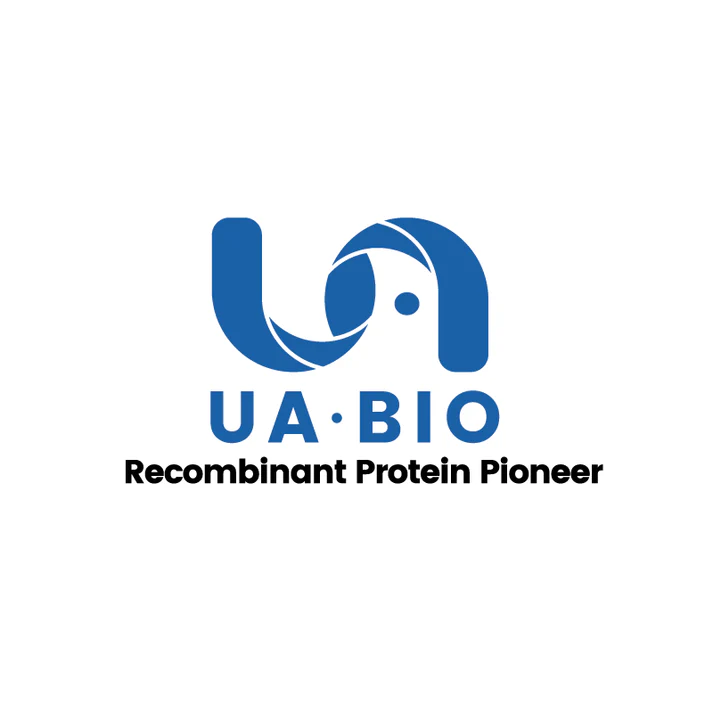Measured in a cell proliferation assay using Balb/3T3 mouse embryonic fibroblast cells. The ED50 for this effect is less than 2 ng/mL.
Product Details
Product Details
Product Specification
| Species | Human |
| Synonyms | Epiregulin; ER; EREG; proepiregulin; |
| Accession | O14944 |
| Amino Acid Sequence | Val63-Leu108 |
| Expression System | E.coli |
| Molecular Weight | 6 kDa (Reducing) |
| Purity | >95% by SDS-PAGE. |
| Endotoxin | <0.1EU/μg |
| Conjugation | Unconjugated |
| Tag | No Tag |
| Physical Appearance | Lyophilized Powder |
| Storage Buffer | 20mM Tris, 50mM NaCl, pH8.0 |
| Reconstitution | Reconstitute at 0.1-1 mg/ml according to the size in ultrapure water after rapid centrifugation. |
| Stability & Storage | ·12 months from date of receipt, lyophilized powder stored at -20 to -80℃. |
| Reference | Gene. 2006 Jan 17;366(1):2-16. Epub 2005 Dec 27. |
Background
Epiregulin is a member of the epidermal growth factor (EGF) family of proteins that plays a key role in cell proliferation, differentiation, and tissue repair. In humans, epiregulin is a small, secreted protein that acts as a ligand for the epidermal growth factor receptor (EGFR) and ErbB4 receptor tyrosine kinases. Upon binding to its receptors, epiregulin activates downstream signaling pathways, such as the MAPK and PI3K/Akt pathways, leading to cellular responses such as cell growth, survival, and migration. Epiregulin is expressed in various tissues and is involved in processes such as wound healing, tissue regeneration, and cancer progression. Dysregulation of epiregulin signaling has been implicated in various diseases, including cancer.
Picture
Picture
Bioactivity
SDS-PAGE
2μg (R: reducing condition, N: non-reducing condition).


